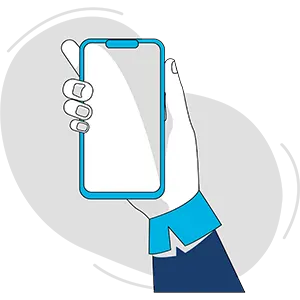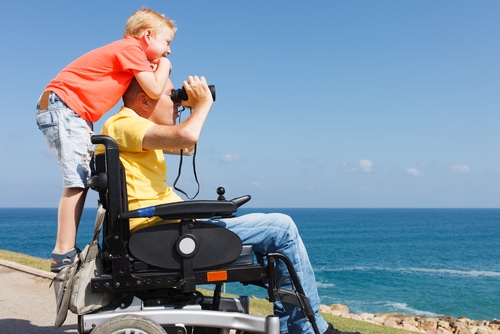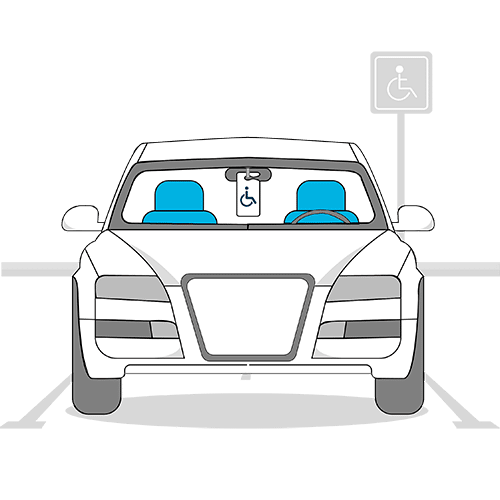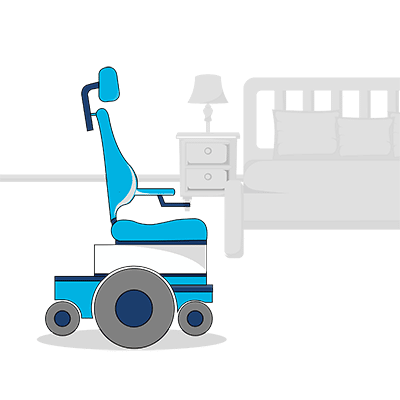Is there a cure for paralysis after a spinal cord injury? The Perry Cross Spinal Research Foundation funds research aimed at bringing us closer to a positive answer. In the meantime the answer is no. Currently, funding is going into cell transplant, rehabilitation and stem cell research.
Let’s not forget there was once a time that neither the phone nor electricity had been invented. At the time, both seemed like science fiction. But with enough research, innovation and dedication, brilliant minds made both of these possible. Since then we’ve seen many other scientific and technological advancements.
So is there a cure for paralysis after a spinal cord injury? Let’s not say ‘no’ and instead say ‘not yet’.
Table of contents
About the Perry Cross Spinal Research Foundation
Behind the Perry Cross Spinal Research Foundation is the man, Perry Cross AM. As of 2023, Perry has spent more years of his life as a quadriplegic than not.
29 years ago, at just 19 years old, Perry was an active sportsman. He was playing rugby union when his neck broke during a tackle. That was the moment that changed his life and perspective forever.
Watch this video from Perry to find out why finding a cure for paralysis is the goal he is unifying people around:
Paralysis from spinal cord injury – is there a cure?
The brain, heart and gut are often talked about as especially important. While the spine doesn’t always get as much attention, it’s key to all the other areas of the human body. The spinal cord carries countless electrical neurological messages between the brain and body.
Damage it and those messages can be lost along with the functionality of the body parts they were meant to communicate with. It’s not that those areas of the body aren’t physiologically intact, they may be. But without the neurological messaging they can’t be activated or even felt.
It’s like unplugging a computer from the wall socket. The computer might still be fully functional. But without the electric signal it can’t work. When the spinal cord is damaged, depending on the degree, it can cause immediate paralysis.
Quadriplegia and paraplegia
Paralysis after a spinal cord injury occurs from the point at which the damage happens in the spine and throughout the body below that. If your injury is below the shoulders then your arm and shoulder movement is likely to remain unaffected (paraplegia). If however, the injury happens at the neck as is the case with Perry Cross, then you can lose all control of your body from the neck down (quadriplegia).
In Perry Cross’ case that also meant he couldn’t breathe without mechanical ventilation. This is something that he requires to speak and to stay alive.
If the research the Perry Cross Spinal Research Foundation funds manages to find a cure for paralysis, perhaps this could change. Perhaps he and other paraplegics and quadriplegics could regain the communication between the spine, body and brain. This is no simple feat but there are several promising projects underway.
Before you scroll further, read about Spinal Cord Injury Awareness Week.
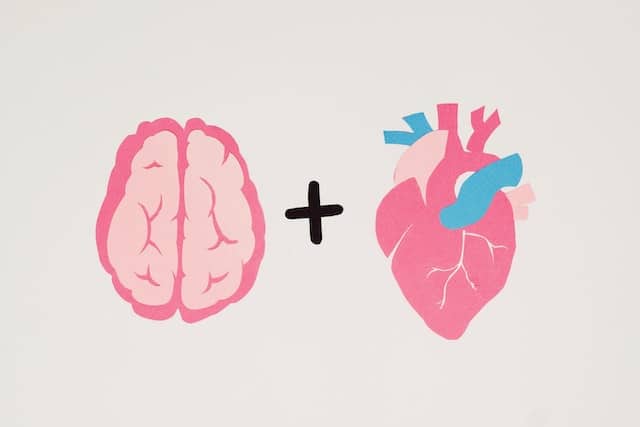
According to the Perry Cross Spinal Research Foundation, one Australian is paralysed every day. This is estimated to have a cost of more than $2 billion to society. Finding a cure is well worth it in many ways.
Researching a cure for paralysis
Currently the Perry Cross Spinal Research Foundation funds three active research projects. Each of these projects is working on a unique angle with the hope of helping to cure paralysis. Below we take a quick look at each of these projects.
1. Stem cell research
This is a collaborative research project between two experts and their teams. Dr. Marc Ruitenberg is an Australian spinal cord injury researcher and Professor Ernst Wolvetang works in functional genomics and pluripotent stem cell biology.
Together they’re working on restoring the lost neurons responsible for sharing neurological messages. They aim to achieve this using stem cell research, by transplanting propriospinal interneurons that may be able to repair spinal cord circuits.
Stem cells are used by the body to make specialised cells. Stem cells can help the body repair and are mainly found in bone marrow. Today much is being done in the field of stem cell research to tap into their reparative and regenerative capacity.
2. Cell transplants
Olfactory ensheathing cells are cells in our noses that can filter debris and clean up bacteria. They do a great job of this, which is why we get a runny nose when we have a cold or sinusitis.
Led by Associate Professor Jenny Ekberg, scientists are researching how these cells do this job, with the hope of transplanting them to create a biodegradable nerve bridge in the spine.
The cells would be used to clean up the area of the spine that has been damaged and fulfil a reparative function.
3. Intensive rehabilitation trial
This project focusses on readying the body to move after paralysis (prior to cell transplantation). The Perry Cross Spinal Research Foundation has funded $450,000 that will go toward a 16-week trial with five clinical subjects.
The trial comprises 16 weeks of long, intensive onsite rehabilitation followed by 10 weeks of at-home rehabilitation. The trial is geared towards measuring feasibility for the first human clinical trial at Griffith University.
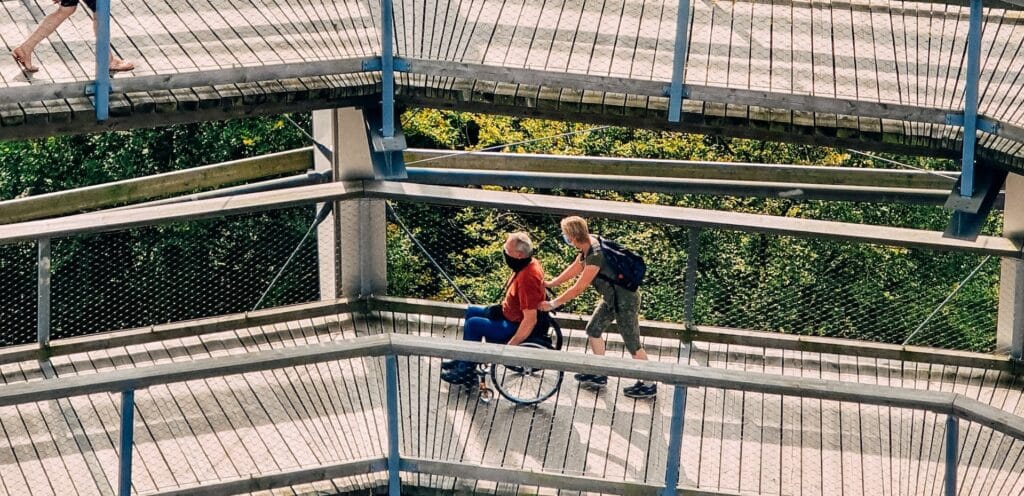
SIP Week to fund research into a cure for paralysis
In addition to funding research into a cure for paralysis – past and present – the Perry Cross Spinal Research Foundation also advocates in other ways. SIP Week is an annual campaign that anyone can get involved in.
It’s about sipping your drinks exclusively through a straw every day for a week. Just like quadriplegics do. It’s one the most basic things that those with use of their bodies can do to gain insights into paralysis. Drinking juice through a straw may seem natural but what about tea or coffee? Every day of every week?
This year’s SIP Week ambassador is a man who not only lives with paralysis but is surrounded by others who do. Ryan Boyd is a quadriplegic whose father and friend have paralysis as a result of similar accidents.
Carol Taylor is a previous SIP Week ambassador who became paraplegic after a vehicle accident soon after being newlywed. Today Carol is Australia’s first quadriplegic inclusive clothing designer. She’s also an acclaimed painter; have a look at some of her incredible accessible art.
A mobility-first focus
Anyone who uses a wheelchair or drives a modified car knows how invaluable these mobility items are to freedom. Blue Badge Insurance understands this, which is why we offer affordable mobility equipment insurance.
Explore our wheelchair insurance and mobility scooter insurance, plus our car insurance for wheelchair accessible vehicles and disability converted cars. If you have an assistance dog, then read up on assistance dogs insurance too. If you have a disability parking permit, find out about getting up to 25% off our disability car insurance.
Click below to start your quote and protect your mobility now and into the future.

